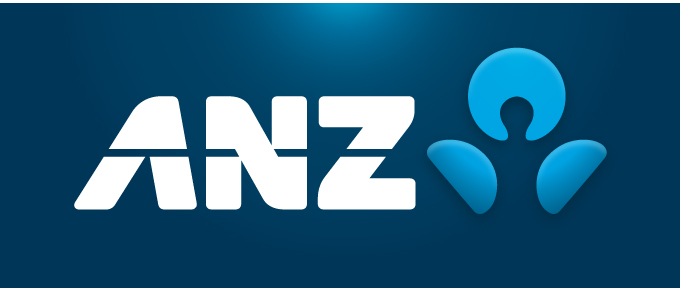Latest News
To truly understand the value of green bonds – and counter the cynic’s objection that they are little more than window dressing – it is necessary to take a historical perspective. By doing so, the nature and context of green-bond impact starts to reveal itself more clearly.
The first week of July was highlighted by South Australian Government Financing Authority's A$1 billion (US$738.8 million) 10-year syndicated transaction. Meanwhile, NEXTDC printed A$300 million in a dual-tranche four-year domestic transaction and Axsesstoday priced a A$55 million five-year simple corporate bond deal.
On 6 July, Australian Office of Financial Management (AOFM) (AAA/Aaa/AAA) revealed plans to issue a new May 2041 Treasury Bond via syndication. Commonwealth Bank of Australia, TD Securities, UBS and Westpac Institutional Bank are joint lead managers for the deal, which is expected to launch in the week beginning 16 July.
While markets have remained liquid and tradeable throughout 2018, there can be little doubt that the period of almost unprecedented beneficial funding conditions that pervaded up to the end of 2017 has passed. At their annual global-markets roundtable in London in June, ANZ and KangaNews heard the latest thinking from key issuer and investor players.
New Zealand’s green-bond market is still in its infancy, but green issuance could be a natural fit for some of the biggest sectors of the economy. While market participants work to facilitate labelled issuance, domestic investors say they are already well advanced in factoring environmental, social and governance (ESG) criteria into their portfolios.
Pricing became challenging for Australian issuers in the Asian-targeted US dollar Reg S market later in the first half of 2018, after a flurry of corporate transactions over the preceding 12 months. But market participants in Asia insist the regional liquidity pool will increasingly challenge old favourites like US private placements (USPPs) and domestic issuance for Australian-origin flow.
The US private placement (USPP) market provided insulation from global volatility as well as the mix of tenors and volume Port of Melbourne desired for its capital markets debut, according to the issuer and its agents. With a large portion of its acquisition finance now termed out, the issuer says it has scope to consider public markets for future transactions.
On 5 July, Commonwealth Bank of Australia (CommBank) revealed plans to engage with investors regarding the possible refinancing of the A$400 million (US$295.2 million) Class A3-R notes from its Medallion 2013-2 residential mortgage-backed securities (RMBS) transaction.
On 5 July, AMP Group (A/A2) launched a new, minimum A$35 million (US$25.8 million) 2.5-year senior-unsecured domestic transaction. Pricing is expected on the day of launch, according to lead manager Commonwealth Bank of Australia.
South Australian Government Financing Authority (SAFA) executed the largest deal seen in the Australian market in nearly two months on 4 July, printing A$1 billion (US$737.8 million) of new 10-year notes. Andrew Kennedy, Adelaide-based director, treasury services at SAFA, discusses the effect of market conditions on the transaction.













